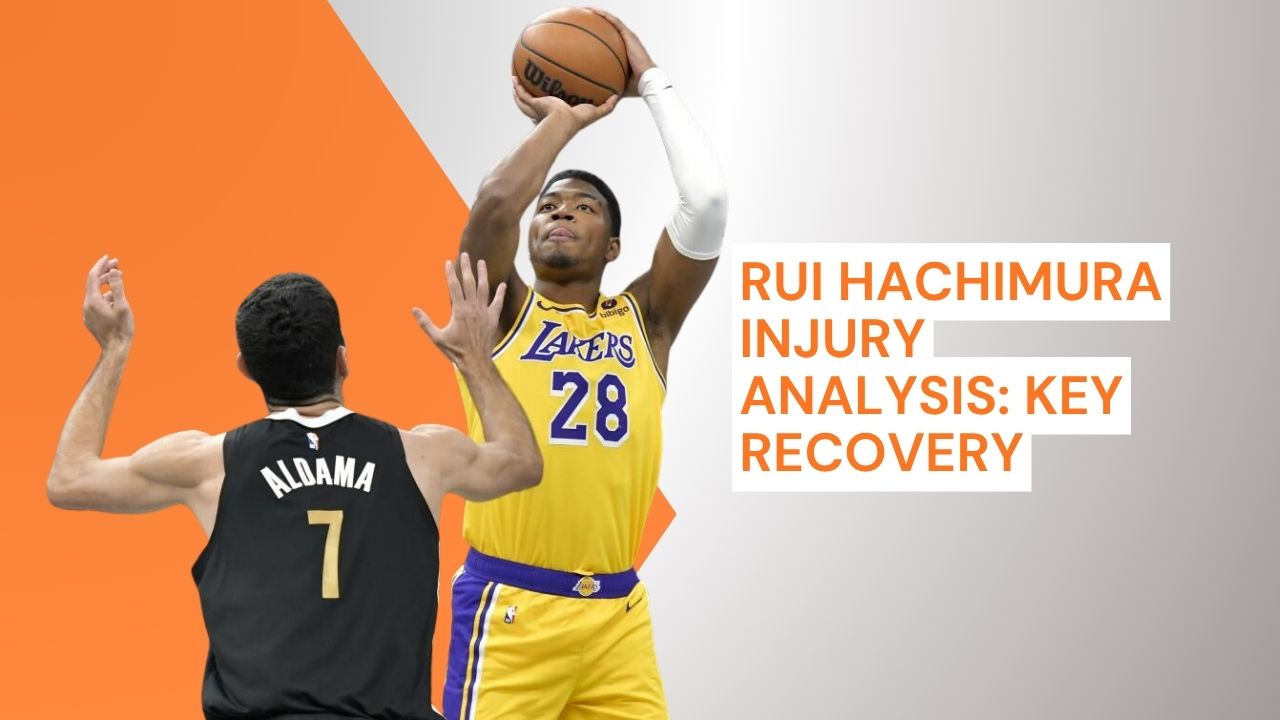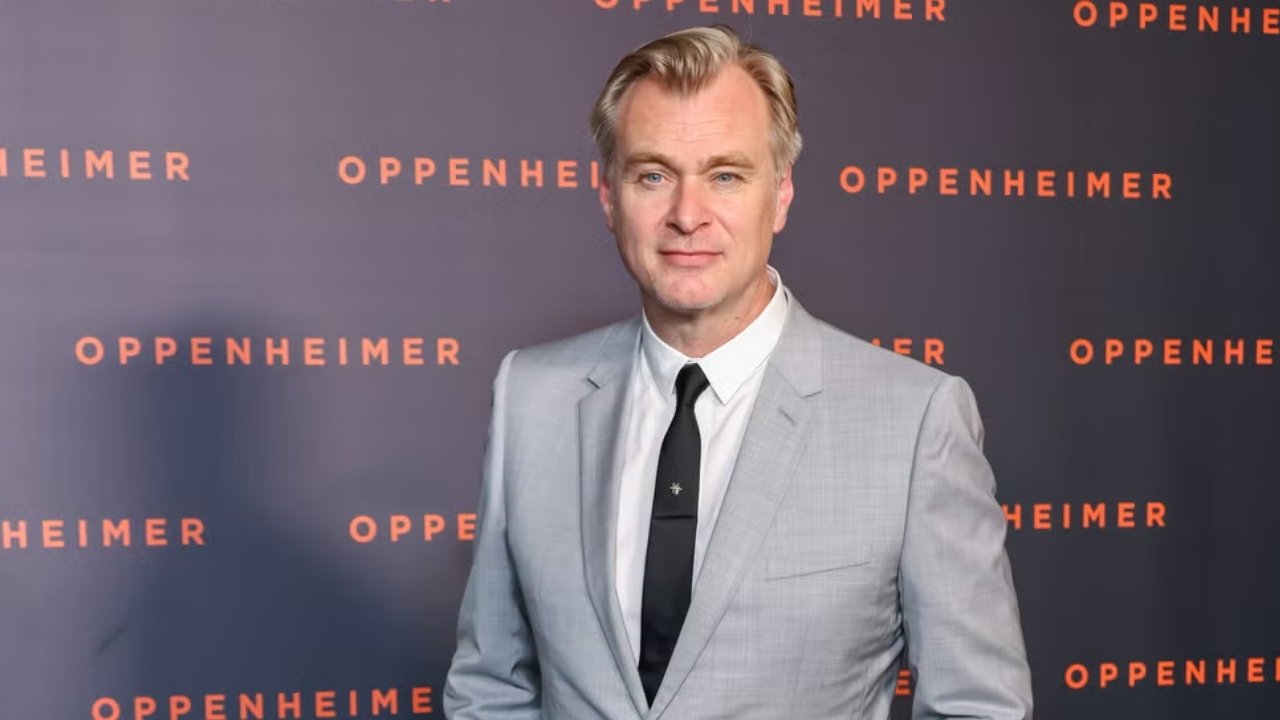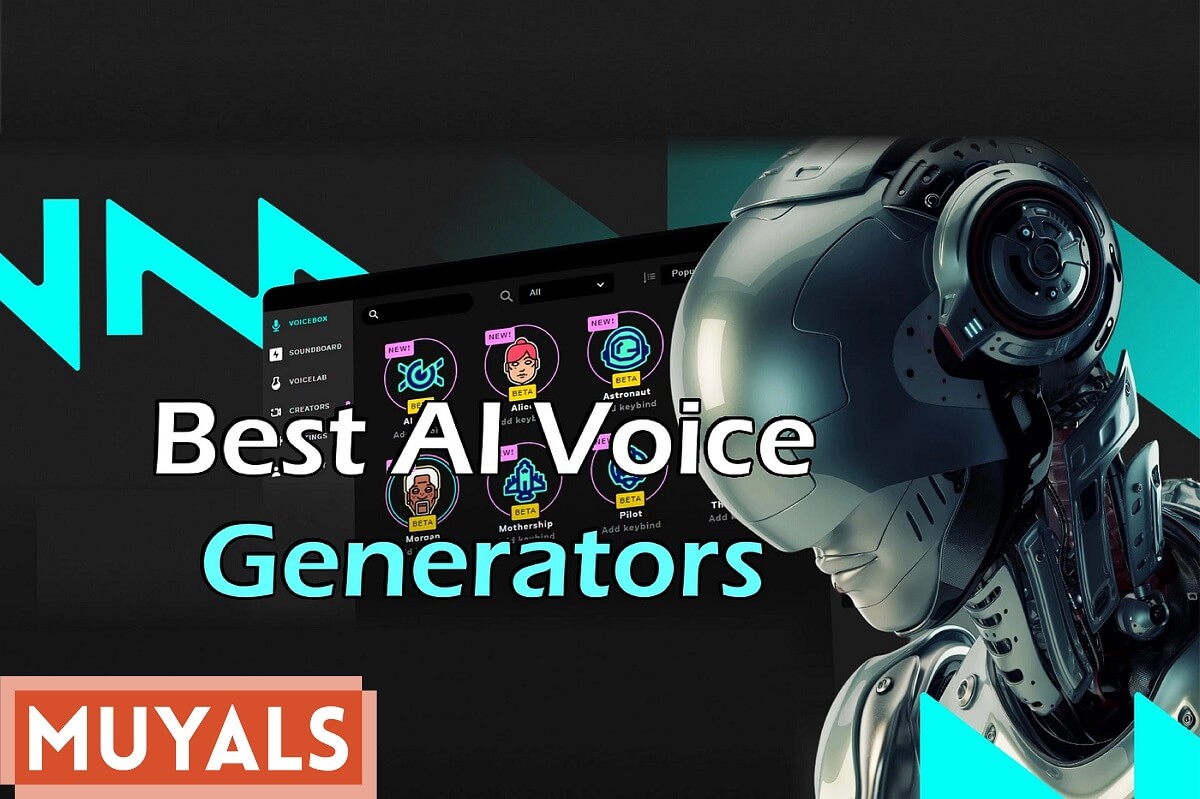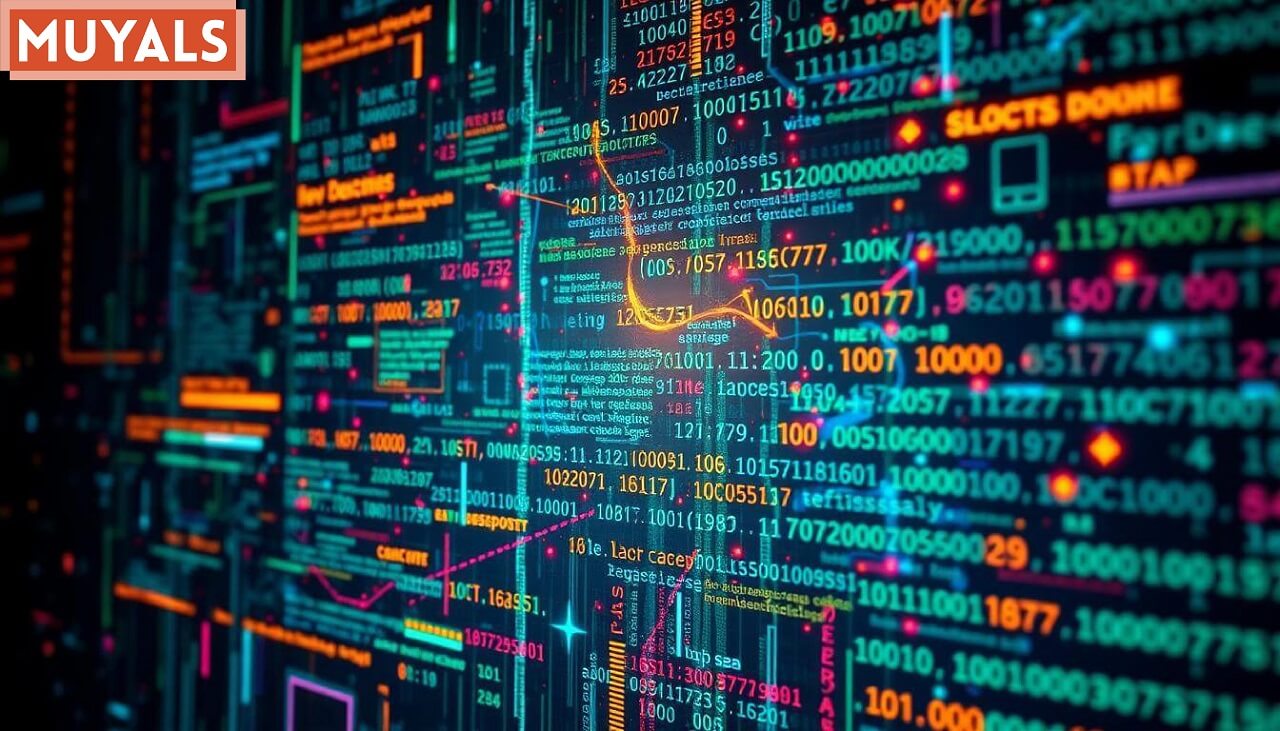In a surprising move, OpenAI has released its first open-weight models since GPT-2. This release marks a major shift in the company’s strategy. After years of keeping its models closed, OpenAI is now embracing openness again. Developers, researchers, and AI enthusiasts are thrilled. But what exactly are open-weight models? Why is this release so significant? And how will it affect the AI industry going forward? Let’s explore what this means for innovation, ethics, and the competitive AI landscape.
What Are Open-Weight Models?
A Quick Refresher
Open-weight models allow full access to the model’s parameters. Anyone can download, modify, or fine-tune them. This is different from API-only models, which limit control. With open weights, developers can run the model on their own servers. They can improve performance, test safety, or build new tools.
This fosters transparency and experimentation. OpenAI released GPT-2 in 2019 with open weights.
But later models like GPT-3 and GPT-4 were closed. This limited community access and innovation. Now, OpenAI is changing direction. Their new models are open-weight and ready for community use.
It’s a bold step in a closed-model market.
Quick Facts: OpenAI’s New Open-Weight Models
- 🔓 First open-weight release since GPT-2 (2019)
- 🧠 Model name: GPT-3.5 Turbo (Open-Weight Variant)
- 💾 Weights available for download and fine-tuning
- 🌍 Available for research, education, and commercial use
- 📉 Trained with safety-aligned data protocols
- 👩💻 Supports offline, on-premise model deployment
- 📜 Released with usage policies and safety guidelines
- 🧪 Enables bias testing and custom training
- 🛡️ No access to closed GPT-4 architecture yet
Why This Move Matters Now
Timing Is Everything
The timing of this release isn’t random. Competition in the AI space is heating up. Meta, Mistral, and others have embraced open-source models. OpenAI may be responding to this shift. By releasing open-weight models, they rejoin the open-source movement. It also shows a willingness to collaborate again. Governments and regulators are also watching AI closely. Transparency is becoming a requirement, not just a choice. Open weights may help address trust and safety concerns. This move also builds goodwill with developers. They’ve long asked for more freedom and flexibility. Now, OpenAI seems ready to listen again.
How It Benefits Developers and Researchers
New Opportunities for Innovation
With access to the weights, developers gain control. They can customize models for specific tasks or industries. No need to rely solely on OpenAI’s API. This helps startups lower costs and experiment more freely. It levels the playing field in AI innovation. Researchers can now study model behavior in detail.
They can explore fairness, bias, and performance transparently. Open weights support ethical and responsible AI development. Education also benefits. Students and universities can train and test models independently. This broadens AI literacy and hands-on learning. OpenAI’s move empowers a global AI community. And that’s good for everyone.
Risks and Challenges Ahead
Openness Comes with Responsibility
While open-weight models offer freedom, they also raise concerns. Bad actors might misuse powerful AI systems. This includes deepfakes, misinformation, and automated cyberattacks. OpenAI has taken some steps to prevent this. They’ve included usage guidelines and technical safeguards. But once the weights are public, control becomes limited. There’s also a risk of fragmentation. Too many forks of the same model could reduce quality. And maintaining standards will be difficult. Still, many argue that risks are manageable. With transparency, the community can spot abuse faster. Collaborative oversight may prove more effective than central control.
Conclusion
OpenAI is release of open-weight models marks a new chapter. It’s a return to its roots of openness and collaboration. This decision empowers developers, researchers, and educators. It opens the door to fresh ideas and diverse applications. But it also demands responsibility and ethical thinking. Open weights must be used wisely to benefit society. In a world filled with AI noise, transparency matters more than ever.
OpenAI is shift may inspire others to do the same. Whether you’re a coder, creator, or critic this moment is worth watching. AI just got more open, and the future more exciting.









